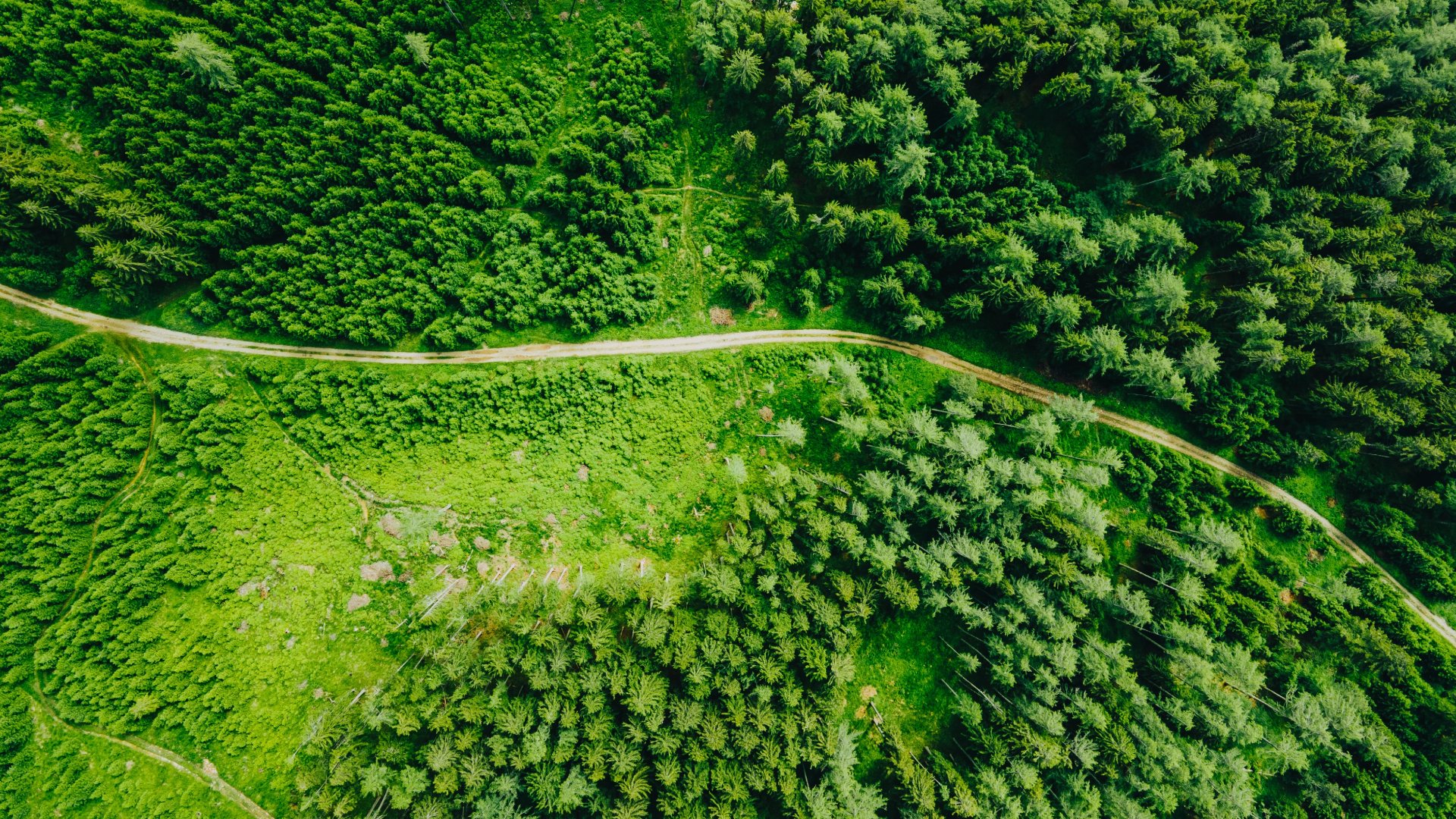This week’s blog post started its life when I attended a stakeholder forum which was organized by the Bio-Based Industries Joint Undertaking (BBIJU), a part of the EU H2020 initiative. I listened to a high number of innovators within several fields such as bio-fuels, bio-chemicals, as well as new and more sustainable materials. I started a line of thought, where the word paradigm occurred to me; I am part of a generation raised in the latter part of the 20th century where a majority of things we take for granted are based on technologies from the petroleum sector. The paradigm has given opportunities and challenges, but how does this paradigm affect us and our thoughts on innovation?
This weeks topic is a follow-up from our last Topic Tuesday. Then we talked about the shear thinning properties of cellulose fibrils. Now, we show you the recovery effect and properties - the thixotropy - of the cellulose fibrils back to its original viscosity. With practical examples!
Yet another year in the name of innovating with cellulose fibrils has gone by. And again we are thrilled over the engagement and response our readers has shown and given us. As we continue to learn more on these amazing fibrils, we will make sure you are the first to know, also in 2018. While waiting, here are the top 10 most read blog posts in 2017.
I stumbled over an article the other day, grasping the opportunity that’s emerging in relation to making electronics based on cellulose sources. The world around us is in an exponential pace making innovations in electronics. So I asked myself the question after reading the article I in this blog post will refer to: can we make smarter electronics with paper-based versions?
Cellulose fibrils has shown great potential as an oxygen barrier in packaging. This has led to numerous research projects trying to utilize the potential in practice. But how does the fibrils actually create the barrier towards oxygen?
Shear thinning and the viscosity as a function of shear rate is a key parameter to control in products like for example water-based paint & coatings. Paint & Coating systems are often non-newtonian and the control of the shear thinning behavior is critical to avoid problems with sagging and leveling. Rheology additives like HEUR, HASE and Nanocellulose are often use to bring increased shear thinning performance and control to the paint & coating systems. In this Topic Tuesday, we are providing you with some more general information on how the shear thinning from nanocellulose works and how you can use it to improve the rheological performance from your products.
Water holding capacity, or high water retention value, is often mentioned as a key property of cellulose fibrils. When it is dispersed into water, the fibrils trap water between them and do not release it easily. As a consequence, even rather low concentration of MFC in water has gel-like appearance since the water is not able to flow freely. What is behind this? Let’s try to find out.
Plastic microparticles found in the environment have gotten a lot of attention lately. Many of the plastics are very durable and do not degrade in a reasonable time in the nature, although today there are also biodegradable plastics available. Small pieces of plastic can be found almost everywhere on the Earth and it is not fully understood what kind of consequences that could have for the human beings and environment. Therefore, replacing non-biodegradable plastics with biodegradable materials in packaging, clothes and cosmetics has high focus right now. Cellulose fibrils come from wood or other natural resources; are they biodegradable? Can they replace non-biodegradable plastic and reduce the amount of microplastics in the environment?
Once again, welcome to Topic Tuesday, brought to you by the Exilva Blog. Topic Tuesday is dedicated to one specific topic, providing you with information on cellulose fibrils straight from the top of our head. Today we will introduce you to cellulose fibrils' compatibility and performance with various solvents.
Subscribe to our newsletter
Stay up to date with the latest from The Exilva Blog and receive the latest news straight to your inbox.









